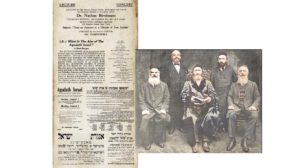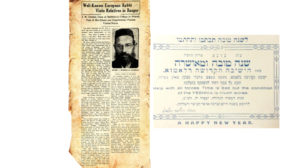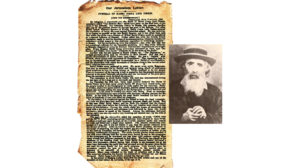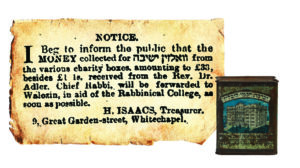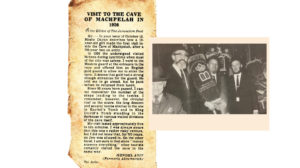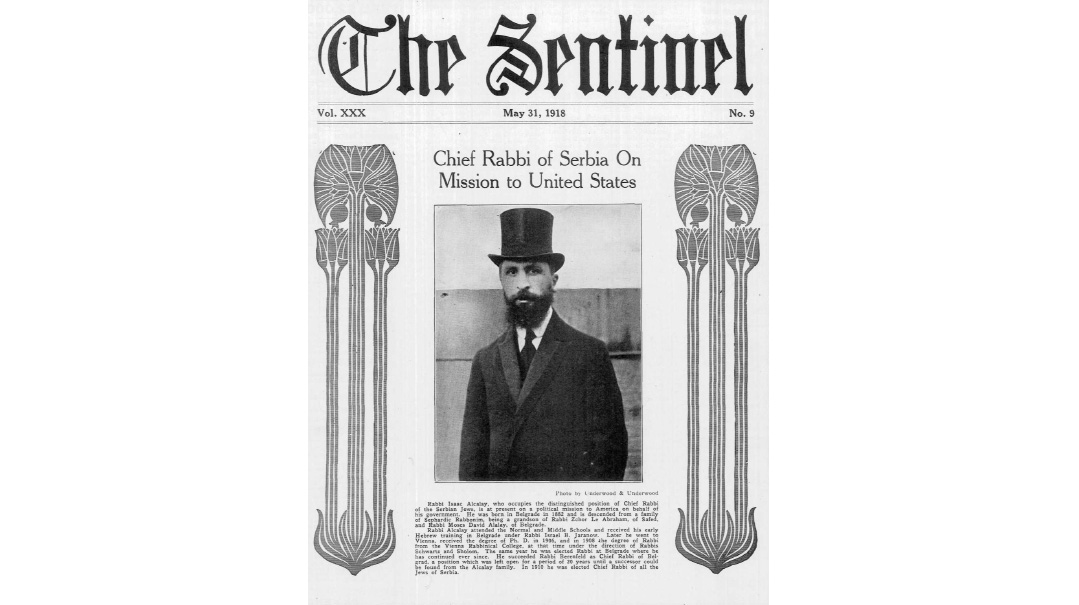Running for the Rabbinate in Romania


Already a renowned communal rabbi, chassidic leader, and rosh yeshivah prior to the war, the Satmar Rebbe served as rav of several towns in Czechoslovakia and Transylvania

Photo credit: Kedem Auction House
Title: Running for the Rabbinate in Romania
Location: Cluj (Klausenburg), Romania
Document: Certificate of Rabbinical Appointment (Ksav Rabbanus)
Time: 1921
Although the city was known as Cluj under Romanian jurisdiction and Kolozsvar during Hungarian rule, the Jews usually referred to it by its German name of Klausenburg. One of the largest cities in Transylvania, its rav for more than four decades had been Rabbi Moshe Shmuel Glasner, author of the Dor Revii, a classic commentary on Chullin. A descendent of the Chasam Sofer who had received his semichah from Rav Yekusiel Yehuda Teitelbaum (the famed Yetev Lev of Sighet), Rabbi Glasner’s leadership of the Zionist Mizrachi party in Hungary triggered opposition within the community.
As his son Rabbi Akiva Glasner was the prospective successor to his position, a faction of the community attempted to appoint Rav Yoel Teitelbaum as the rav of the separatist “Sefard” (chassidic) congregation. Though the minority community was ultimately recognized by the government, the rabbinical appointment fell through, and the future Satmar Rebbe returned to his previous position in Irshava, Czechoslovakia. His influence lingered, however, and a few years later, his nephew Rav Yekusiel Yehuda Halberstam was appointed rabbi, earning him the lifelong appellation of Klausenburger Rebbe.
Did you know: Already a renowned communal rabbi, chassidic leader, and rosh yeshivah prior to the war, the Satmar Rebbe served as rav of several towns in Czechoslovakia and Transylvania. After residing for a time in Satmar, he received his first rabbinical appointment in Irshava, Czechoslovakia, and in 1925 became rav in the Romanian town of Carei (Kralli in Yiddish), replacing the legendary Rav Shaul Brach, who had moved to Kosice. Following a long, difficult struggle, his appointment to the rabbinate of Satmar was finalized in 1934, cementing his lifelong association with the town’s name.
The Cluj Legacy: The elusive Cluj rabbinate wouldn’t be the Satmar Rebbe’s last association with the town. When the Nazis invaded Hungary in the spring of 1944, he fled to the Cluj Ghetto. Another Cluj native named Rudolf Kastner enabled the Satmar Rebbe’s escape by arranging his passage on the “Kastner Train” — which, in an ironic twist, happened to include another Cluj dignitary — Rabbi Akiva Glasner.
21 Kislev is the 76th anniversary of the rescue of the Satmar Rebbe from Nazi occupation.
A ksav rabbanus was de rigueur for hiring a communal rabbi throughout European Jewish history. Rabbis were essentially employees of the kahal, so the certificate of appointment was both a formal invitation as well as a contract of sorts that the communal leaders would extend to the incoming rabbi.
(Originally featured in Mishpacha, Issue 838)
Oops! We could not locate your form.

